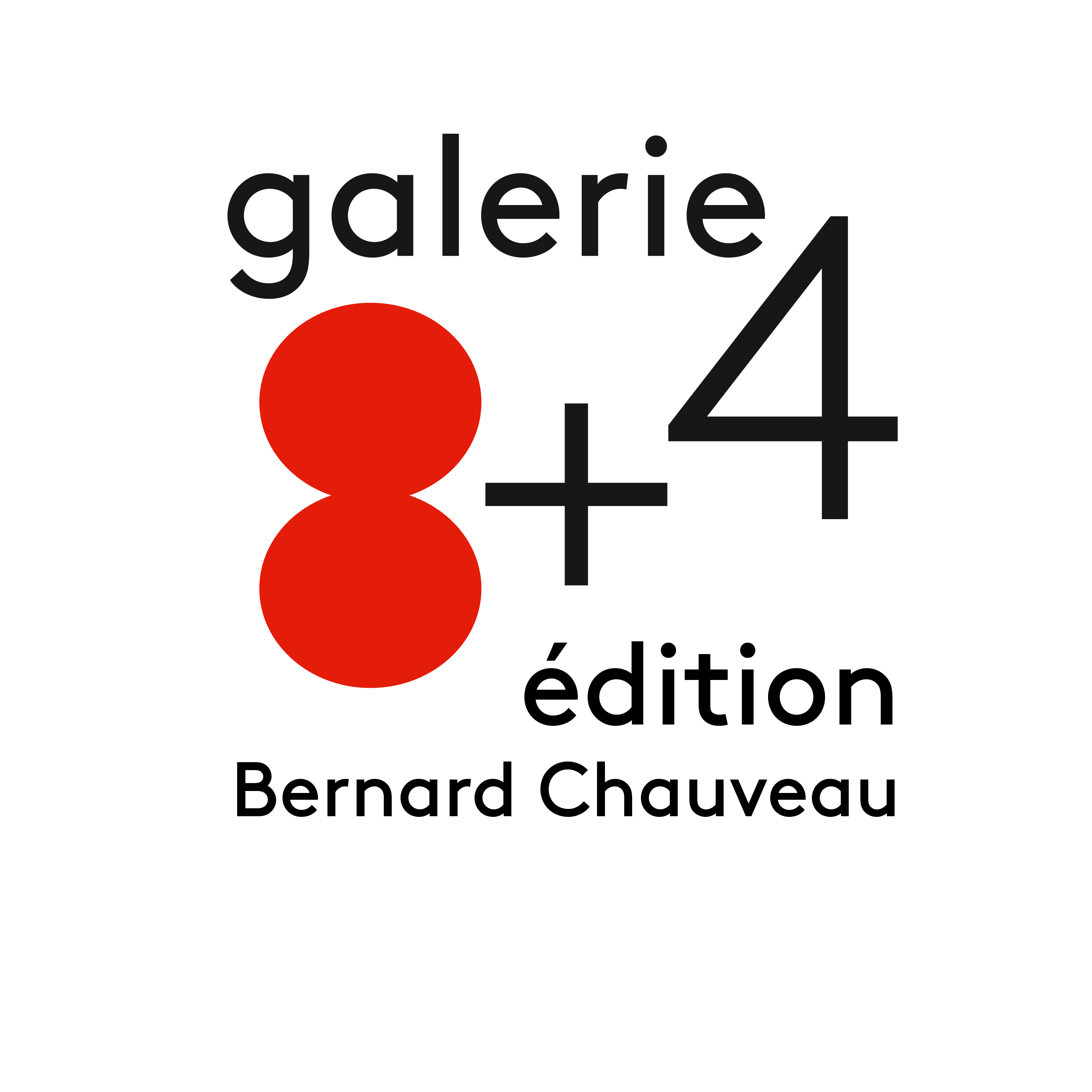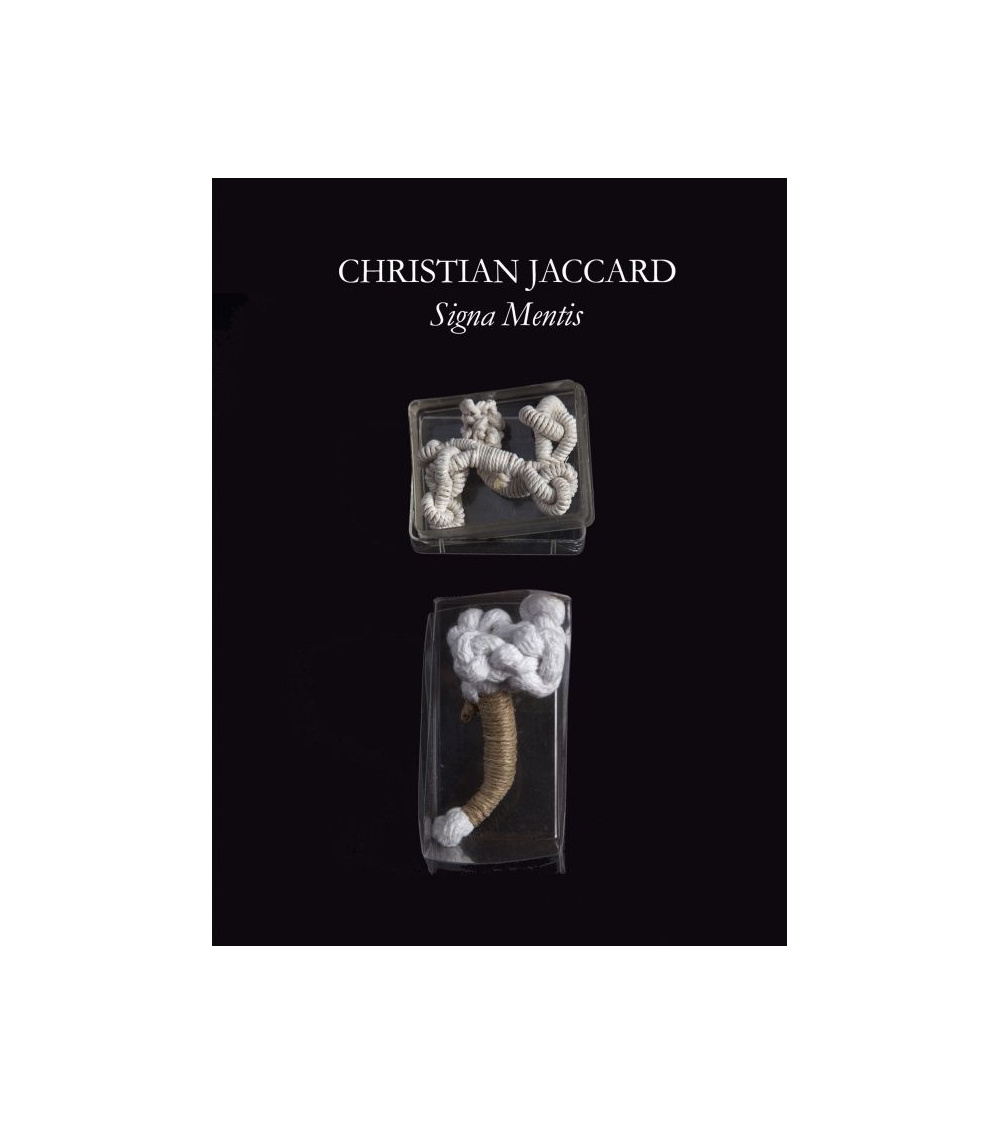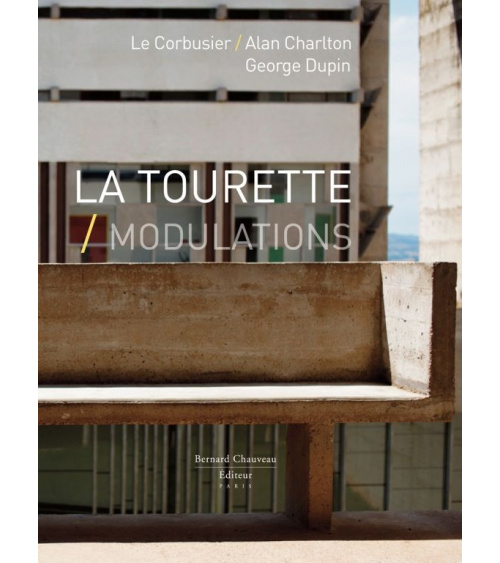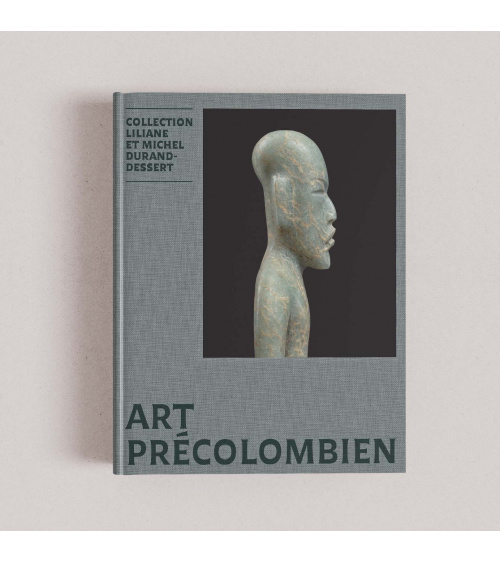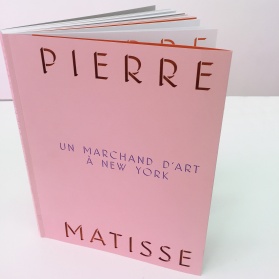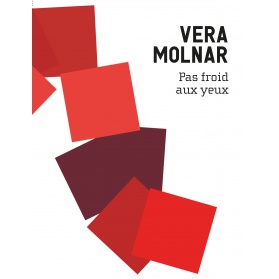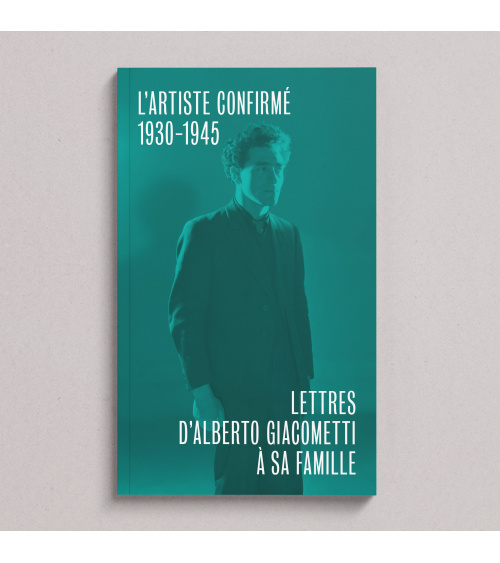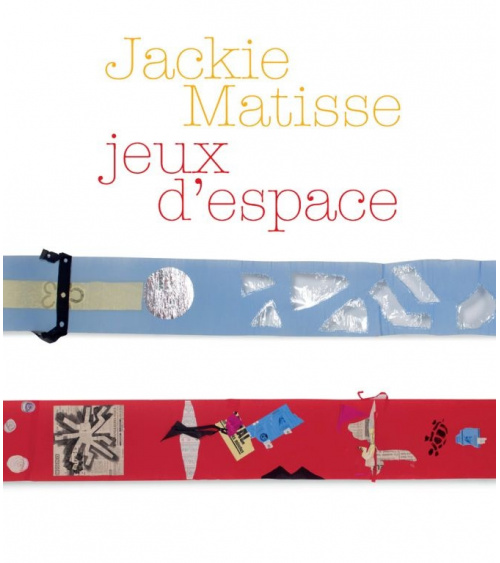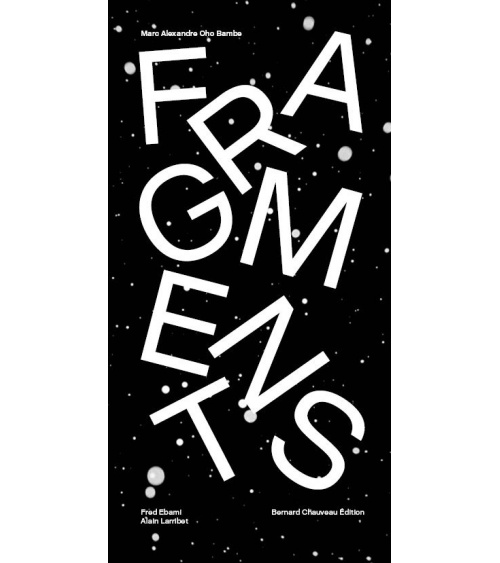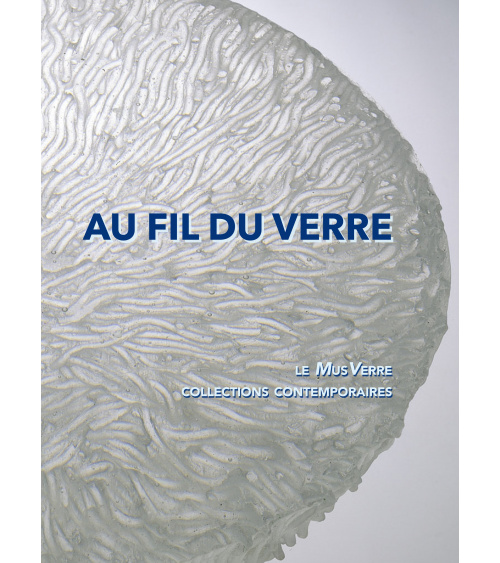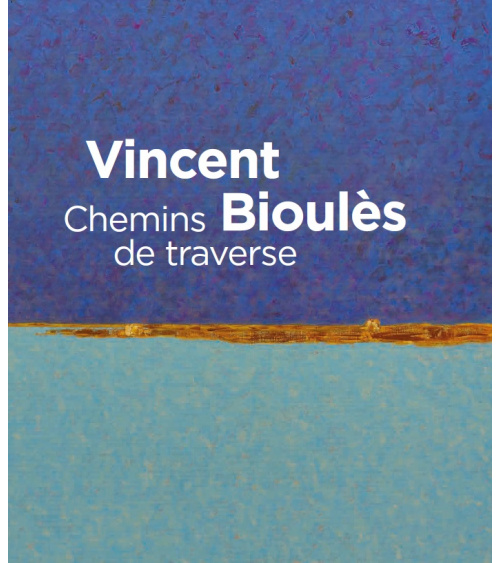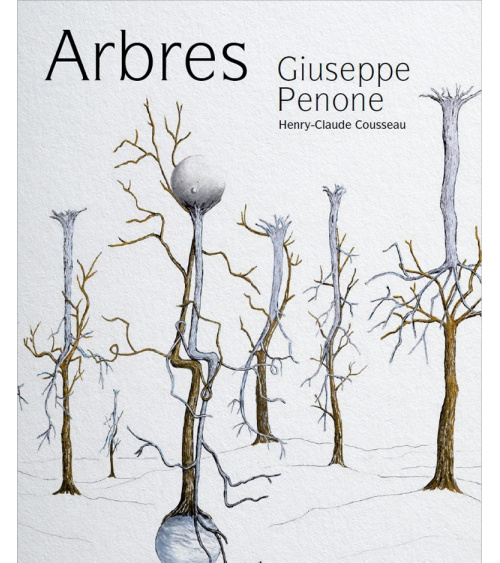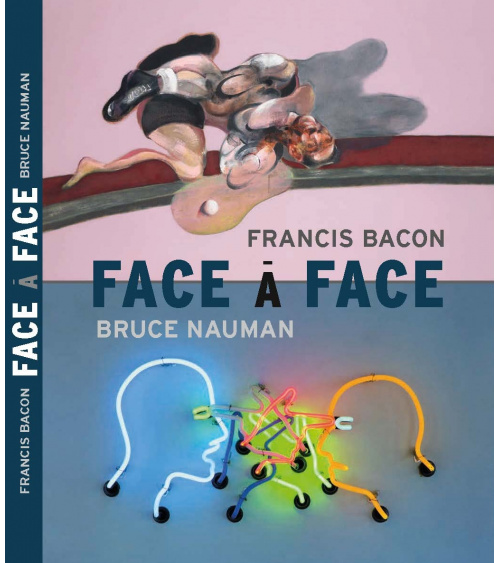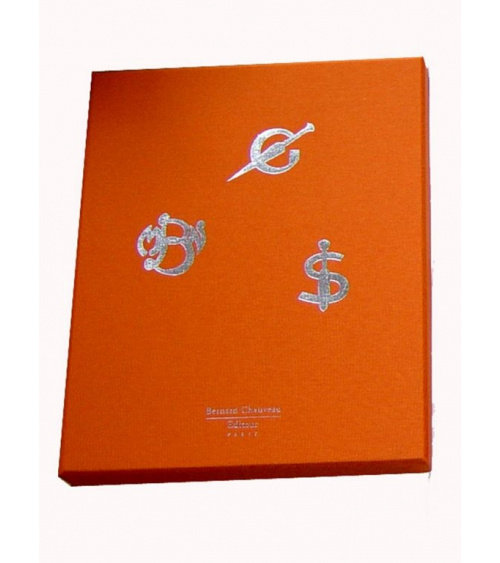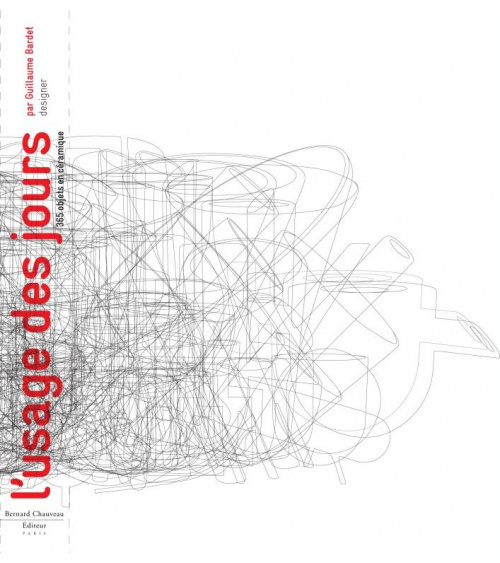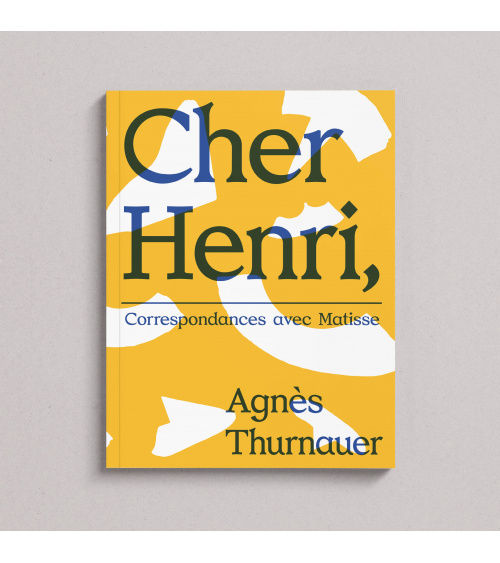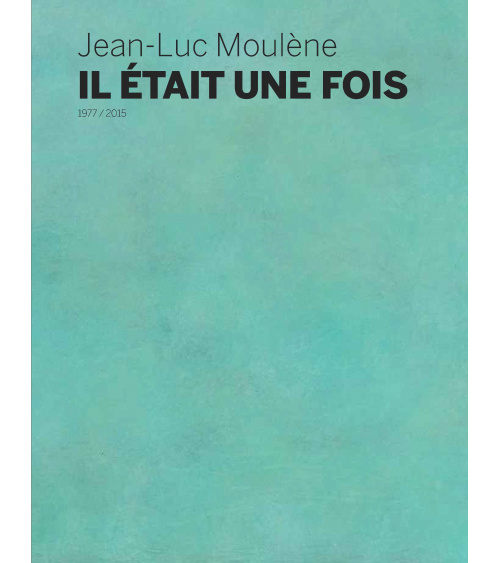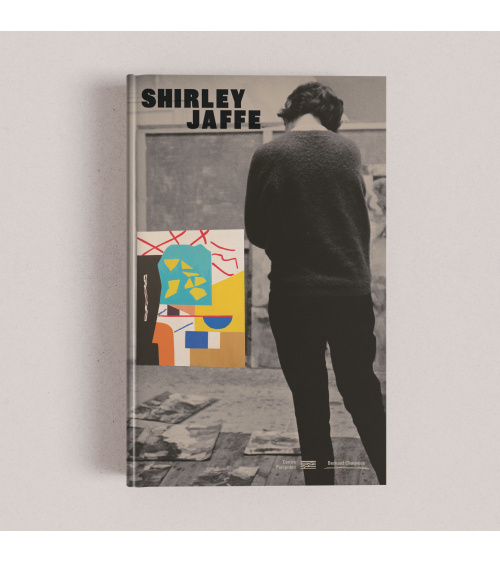Christian Jaccard - Signa Mentis
The Picardie Museum has presented a lesser-known aspect of the artist’s work: his “Toolboxes”. C. Jaccard has compulsively created a multitude of boxes accumulated in his studio for over forty years.
Ever since the 1950’s, Christian Jaccard has been using different techniques and combining processes to experiment artwork around traces, imprints and marks, namely his combustions, his burnt pieces (“Brûlis”) and the Supranodal Concept.
The Picardie Museum has presented a lesser-known aspect of the artist’s work: his “Toolboxes”. Christian Jaccard has compulsively created a multitude of boxes accumulated in his studio for over forty years.
These artist’s boxes contain “tools” made of assemblages with rope, electric wire, braids, metallic pieces and ceramics.
This book is a true work of reference on Christian Jaccard’s reflexion upon the recurrent principle of accumulation and collections that flows through the history of contemporary art.
Text by Paul Ardenne (Department of Art, Amiens University).
Interview from Christian Jaccard by Sabine Cazenave, Chief Curator of Picardie Museum
Data sheet
- Number of pages
- 272
- Size
- 15,5 x 21 cm
- Language
- Bilingual edition: French and English texts
- ISBN
- 9782363061256
- Edition
- 700 copies
- Justification
- Bound
- Technique
- 240 color illustrations / Hardback cover
- Publication date
- 2014
Jaccard (Christian)
Christian Jaccard was born in 1939 in Fontenay-sous-Bois, France.
He lives and works in Paris.
After having studied at the school of fine arts Paris, Christian Jaccard perturbs very soon the traditional act of painting.
Free of the frame, the canvas, placed on the ground, is printed with the help of what he calls “tools”: natural objects (plants and insects), paper, ribbon. His work thus places him in line with preoccupations close to those of the group Supports/Surfaces.
In the 1970s, Jaccard uses other « tools » like the rope, the string, and, most of all, knots. All these replace the brush, in order to leave their prints on the canvas. He equally burns his paintings thanks to the slow burning fuse, which draws traces on canvases and other mediums through its combustion.
Starting with the year 2000, along with his outdoor works in abandoned places (industrial fallow lands), the question of the painting emancipates itself without denying its origins. His studio thus becomes a nomadic and ephemeral laboratory.
No customer reviews for the moment.
